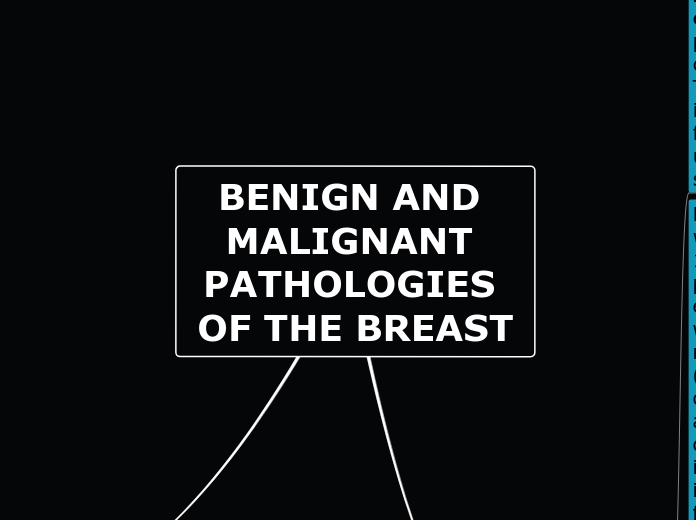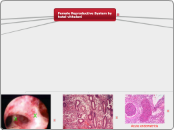por Geraldine Campos Sanchez 4 anos atrás
416
BENIGN AND MALIGNANT PATHOLOGIES OF THE BREAST
The text discusses various pathologies of the breast, focusing on both malignant and benign conditions. Infiltrating ductal carcinoma is highlighted as the most common type of breast cancer, often referred to as "









